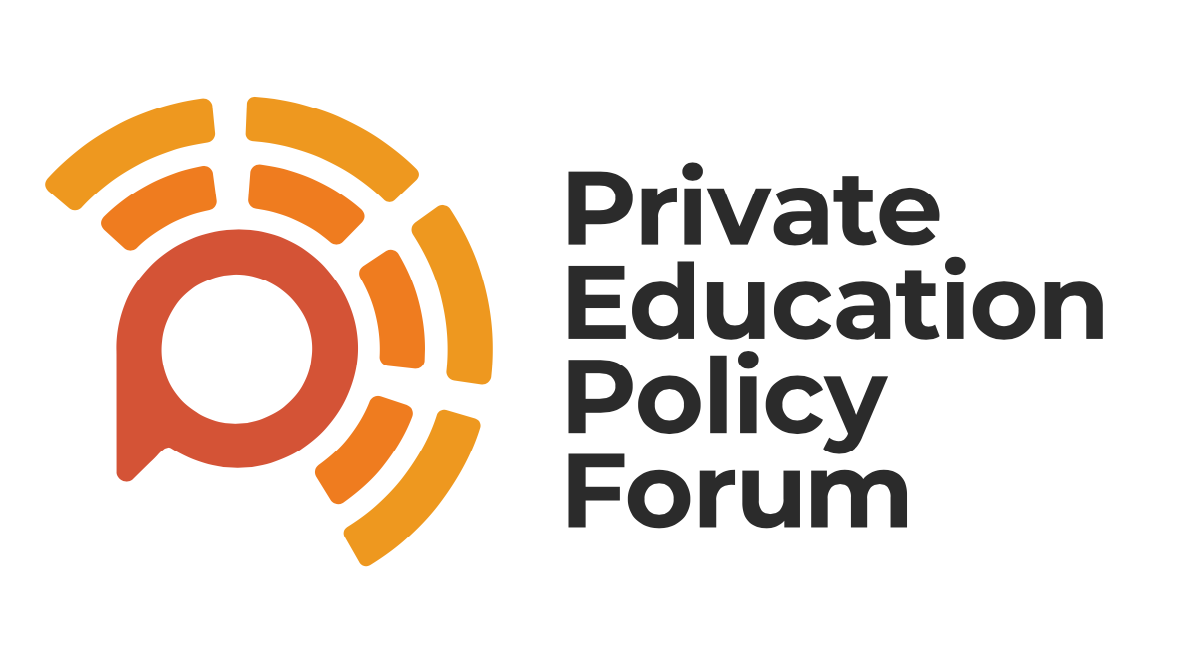
John Claughton
The enemy, it seems, are at the gates: specifically, the gates of independent schools. This is not exactly a new phenomenon, but in recent weeks the attacks have started coming with increased force and from different directions – and not just because the world blames Eton for educating Boris Johnson.
From one side comes Labour Against Private Schools with the Twitter handle @AbolishEton and the support of Ed Miliband. From another come more measured and analytical approaches, probing the issues of equality of opportunity and social mobility, such as Engines of Privilege by Francis Green, a UCL professor, and David Kynaston, one of Britain’s most eminent modern historians. The book argues that over recent decades much of independent education has moved towards greater exclusivity. Taking up this line in their April 2019 report, The Social Mobility Commission turned its gaze on independent schools for the first time and had strong words to say about the financial facts and their impact:
‘The costs of private schooling are high and have recently risen. By 2018 the average annual fee before any extras was £14,280 for day school and £33,684 for boarding school. This is 60 per cent above the figures for 2000, and three times the 1980 fees, in real terms. Incomes have risen significantly more slowly. Independent schools… risk being increasingly financially inaccessible for significant proportions of the population.’
The independent school sector has good defences set in place against these attacks. Barnaby Lenon, the Chairman of the Independent Schools Council (ISC), presented several of them in The Times. Independent schools are world-class providers of an all-round education, and their excellence adds to the sum of educational wealth in the country; the abolition of independent schools, which provide for only 7% of the school population, would not therefore inevitably improve the quality of the state sector’s provision; indeed, it would make the world worse because 580,000 more pupils would have to be provided for inside the state sector at a cost of £3 billion per year. Independent schools pay lots of tax (£3.6 billion a year) and contribute £9.5 billion to the economy. Independent education is not the only form of inequity in education: the quality of education available within the state sector can vary enormously so that good schools have an impact on the house prices of their catchment area and thereby exclude poorer families. And it can be argued that is an inalienable right that people should be able to spend money on what they want.
It must also be said that independent schools often feel that they are misrepresented and misunderstood. Although every newspaper picture attached to an independent school story requires either a tail-coat or a boater, Eton and Harrow are the exceptions rather than the rule in the independent sector. There are schools that charge £40,000 per year and there are schools with ancient and large endowments but, of the 1,364 ISC schools, nearly half are prep schools and the average independent school has fewer than 400 pupils. The heads of small, proprietorial prep schools do not seem themselves as pandering to the elite. Nor is every independent school highly selective or creaming off the best from the local area: selection is a luxury which surprisingly few independent schools enjoy.
Indeed, plenty of independent schools would say that they never wanted to be independent schools in the first place. Between 1944 and 1976, they were part of the Direct Grant scheme whereby places in the schools were directly funded by the state: in some of these schools 90% of the pupils were there for free. In those decades, such schools were at their best and most productive and most content. It was only with the termination of those schemes that the likes of The Manchester Grammar School, Bolton School, Royal Grammar School, Newcastle and King Edward’s School, Birmingham – for centuries among of the greatest schools in this – were forced to charge fees across the board.
Many independent schools can also claim, with good cause, that they are doing what they can, according to their means and context, to work with the state sector to raise aspirations and to engage in genuine partnerships.
This can come in many forms. For some of the big names, it has meant working to create some outstanding schools and successes, such as the London Academy of Excellence or Harris Westminster Academy. For others, particularly day schools in urban areas, it has meant substantial, long-term partnerships across a wide range of activities, academic, dramatic, sporting, musical. And almost every school is doing something: over 1,000 of the 1364 schools are engaged in sporting partnerships; nearly 1,000 in academic exchanges.
And then there are the attempts to make independent schools more accessible through the provision of means-tested bursaries. There are some mighty tales to be told: Christ’s Hospital has over 70% of its students on bursaries and has been doing that and more since 1552; Bolton School, Manchester Grammar, and the boys and girls schools of King Edward’s in Birmingham all have more than 15% of their pupils on bursaries.
However, for all the good work independent schools do there remains more to be done, and independent schools know that themselves.
I would argue there are two big things that need to be done. The first is greater provision of means-tested places. Currently only 1% of pupils in ISC schools have a free, means-tested place. Changing this lies within the will of each school and that will can best be enacted by raising substantial funds for the purpose. Some schools already do this by setting up international schools and repatriating the profits. Others are hard at work in raising funds from the school community, alumni and parents past and present, an area of substantial income growth.
The second big thing requires the government to countenance the idea that it can actually work with independent schools to make their excellence available to the wider world. Over the years various different manifestations of this idea have been talked about, but little more.
For several years a number of schools offered to share the costs of educating pupils with the state, but this came to naught. Even now, the ISC’s offer to provide up to 10,000 free places in independent schools remains on the table, and there exists a joint understanding between ISC and the government about the ways and means of collaboration.
I don’t think this joint understanding will mean peace in our time. After all, the nature and the very existence of independent education have been a matter for debate and conflict for decades, if not a century.
However, I do believe that this is a critical time for independent schools, and the right time for them to think for themselves about why they exist and what they can do for the world. After all, many of the biggest names in the sector were philanthropic foundations, created to serve the poor and, since the Second World War, many of those school were the very best precisely because they were not fortresses of privilege but motors of mobility.
-
This article was first published in CAPX here.
-
To watch John Claughton debate reform of private schools at PEPF’s launch event in Manchester, follow this link [40:58]
John Claughton is former chief master of King Edward’s School, Birmingham – his old school as a pupil – and a former cricketer. He was Classics master and in charge of cricket at Eton from 1984 to 2001, then headmaster at Solihull school from 2001 to 2005. Tatler Schools Awards awarded Claughton “Best Head of Public School” in 2016. He retired from his post in July the same year.




I know John and he still determined to do more so that the privileged schools open up their assets to the less privileged. I hope hd makes progress as progress is needed and the gates must open to welcome local communities. I am With you.on this.
Naz Khan
Attock cc